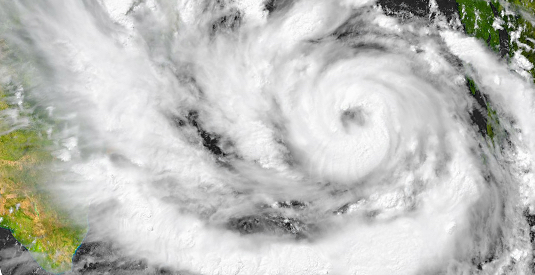Waves to Weather (W2W)

Our ability to predict the weather up to a week or more ahead saves our societies billions of Euros annually and protects human life and property. Exponentially increasing computing power and new observations have led to continuous improvements in forecast quality over many years, but nonetheless forecasts are sometimes strikingly poor. Increasing evidence suggests that this is not merely due to defects in our forecasting methods, because in a chaotic atmosphere, some weather situations are intrinsically hard to predict. The great challenge today is to identify the limits of predictability in different situations and produce the best forecasts that are physically possible. The Collaborative Research Center "Waves to Weather" (CRC/Transregio 165; W2W) is conceived to meet this challenge and to deliver the underpinning science urgently needed to pave the way towards a new generation of weather forecasting systems.
In Phase 1 (2015-2019), fundamental discoveries were made regarding the mechanisms of error growth, and new methods were developed to quantify the uncertainty resulting from incomplete knowledge of cloud processes. Furthermore, innovative statistical and visualization tools were implemented to characterize uncertainty in ensemble prediction systems.
In Phase 2 (2019-2023) we take the next step to identify when and where intrinsic limitations on predictability have greatest impact on forecast skill, by applying the methods developed in Phase 1 to a wide range of real weather events. But we will go beyond this by investigating how best to make probabilistic forecasts in situations where the overall predictability is low. New methods will be developed to combine statistical and dynamical information, and a new research focus has been added to consider the effects of cyclone interactions and regime transitions at forecast lead times of up to a month.
As in the first phase, W2W brings together the necessary broad scientific expertise from the three applying universities:
- the Ludwig-Maximilians-Universität (LMU) in Munich
- the Johannes Gutenberg-Universität (JGU) in Mainz, and
- the Karlsruher Institut für Technologie (KIT) in Karlsruhe
This is supported by collaboration in individual projects with
- the Technische Universität München (TUM)
- the Deutsches Zentrum für Luft- und Raumfahrt (DLR) in Oberpfaffenhofen
- the Ruprecht-Karls-Universität (RKU) in Heidelberg and, additionally for Phase 2,
- the Universität Hamburg (UHH)
To read more about the structure of W2W and the W2W community, visit the pages About us, People, Early career, Equal opportunity and Communication.
To read more about the W2W activities, visit the pages News, Projects, Publications, Meetings, Seminars, Guest program, Equal opportunity and Communication.

